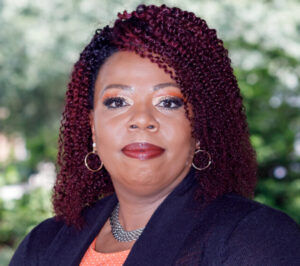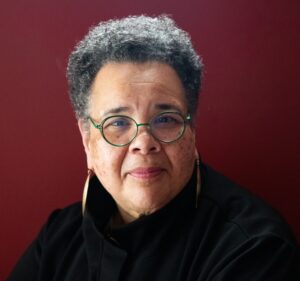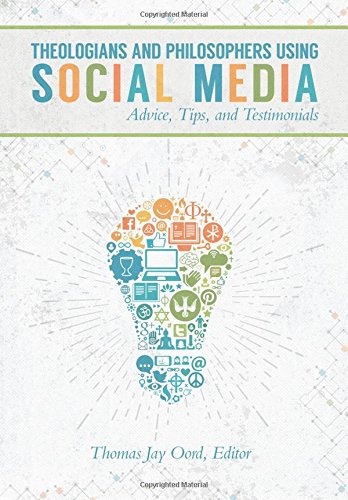social media
Select an item by clicking its checkbox
I remember dial-up modems and the exhilaration of logging onto AOL.com as a teenager. A few years later, I experienced the novelty of Facebook. Duke Divinity School (DDS) advised all of its masters’ students in the 2008 incoming cohort to create Facebook accounts so we could stay connected and support ...
What is happening in the world is happening to each of us. On May 3, 2023, Dr. Vivek Murthy, United States Surgeon General, released an advisory calling attention to the public health crisis of loneliness, isolation, and lack of connection between people in our country. Disconnection fundamentally affects mental, physical, emotional, spiritual, ...
Date Reviewed: August 21, 2020
The contributors are diverse. They include....
- Public theologians like Ben Corey, Brian McLaren, and Richard Rohr
- Younger scholars like Tripp Fuller, Jory Micah, and Alexis Waggoner
...
The insights in these 90+ essays are nothing short of inspiring! Their tips on best practices for social engagement, time management, social media as a resource for scholarship or creativity, technology and pedagogy, etc. will help readers tremendously.
The contributors are diverse. They include....
- Public theologians like Ben Corey, Brian McLaren, and Richard Rohr
- Younger scholars like Tripp Fuller, Jory Micah, and Alexis Waggoner
- Biblical scholars like Michael Gorman, Joel Green, and Daniel Kirk
- Philosophers like Helen De Cruz, Aaron Simmons, and Kevin Timpe
- Establish scholars like James Crossley, Kwok Pui-lan, and Amos Yong
- Scholars outside North America like Deane Galbraith, RT Mullins, Hanna Reichel, and Atle Sovik
- Pastoral theologians like Patricia Farmer, Len Sweet, and Kurt Willems
- Historical theologians like Kim Alexander and Christine Helmer
- Science and religion scholars like Ron Cole-Turner, Karl Giberson, Lea Schweitz, and Jim Stump
- Constructive theologians like Oliver Crisp, Grace Ji-Sun Kim, and Jason Lepojärvi
- Ethicists like Miguel De La Torre, David Gushee, and Michael Hardin
...and the list goes on!
Whether the reader is an armchair theologian, a professional scholar, a graduate student, or simply interested in how social media is changing religious and philosophical studies, that reader will find Theologians and Philosophers Using Social Media of great help.
Recently I was working with my IT colleague, Dr. Justin Barber, on a project to use machine learning to gather data about student experience in our hybrid classes from our LMS (Learning Management System). Big data comes to theological education! Our curriculum committee was testing a common perception that our ...
My most recent tweet (of almost ten thousand) was 40 weeks ago. My most recent Facebook status update (except for a brief "thank you" for birthday wishes in July) was 46 weeks ago. The previous three years, however, I have taught my main introductory course, "Introduction to the Hebrew Bible," as an ...




